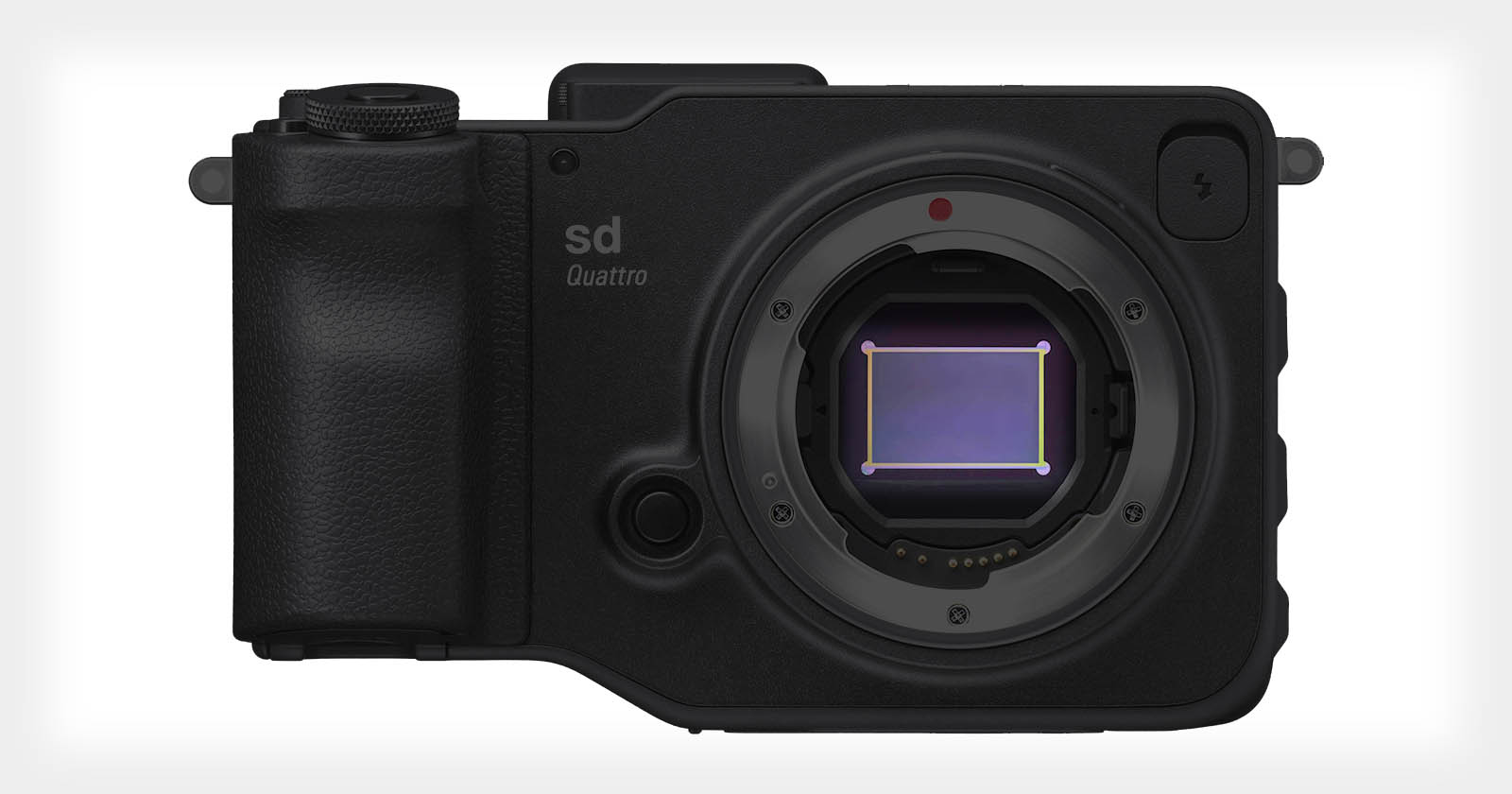I have several problems with this article.
The first, and easiest, is the dismissal of Sigma as a camera company. To do this, you have to ignore the fp line. These are cameras. People are buying them. Sigma is a camera company.
If Sigma just makes a full frame camera with the same rez as the top layer of the sd Quattro, then they will have higher resolution than the pro cameras and be quite competitive with the consumer and enthusiast cameras. And that is before the advantage the 3 layer sensor brings.
Sigma fp L Standard Full frame
36x24mm = 864 sq mm
9520x6328 = 60,242,560 pixels
36mm / 9520 = 3.7815126 micron pixel pitch
24mm / 6328 = 3.7926675 micron pixel pitch
Average = 3.787 micron pixel pitch
Sigma sd Quattro
23.5x15.6mm = 366.6 sq mm
5424x3616 = 19,613,184 pixels
23.5mm / 5424 = 4.332596 micron pixel pitch
15.6mm / 3616 = 4.314593 micron pixel pitch
Average = 4.3236 micron pixel pitch
However, if we assume 3-layer images to be equivalent to a CFA of twice the number of pixels, the pixel pitch of a competitive Bayer would be 4.32u / sqrt 2 = 3.0572 micron and this would be a full frame Bayer sensor of 11,775 x 7850 = 92.4mp.
And, these densities are on the horizon. As it is, the 60mp sensor of the fp L has more dynamic range than the sd Quattro sensor, as one might expect.
Meanwhile, a FFF with sd Quattro pixel pitch would be 8326 x 5551 = 46.2mp.
The existing Sigma plan, if I understand it correctly, is for a 20mp full frame 1:1:1 Foveon. Is this correct?
If so, pixel layout will be something like 5477 x 3652 = 20.002mp
Pixel pitch will be 0.036 / 5477 = 6.573 microns.
This compares favorably with the SD15 pixel pitch of 7.84 microns, and it is larger than the SD1M pixel pitch of 5.00 microns. Average of these is 6.42 microns.
It's interesting that the pixel pitch for the new sensor is just slightly larger than midway between SD15 and SD1M!
If Sigma can make a product out of this, image quality ought to be pretty darn good.

 petapixel.com
petapixel.com

